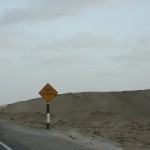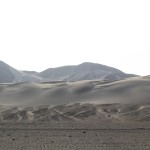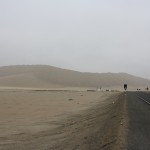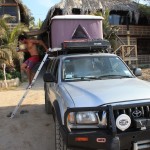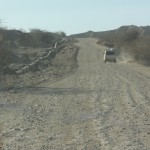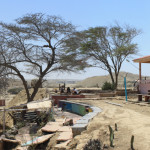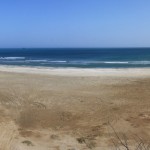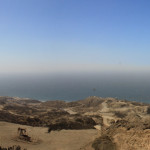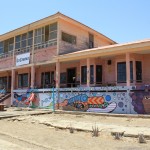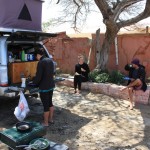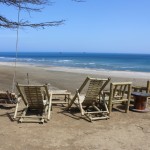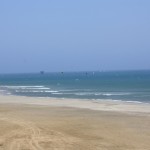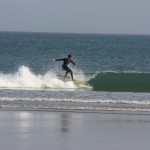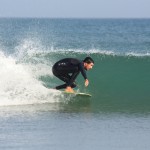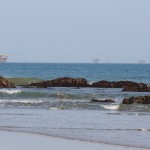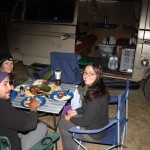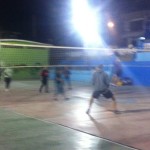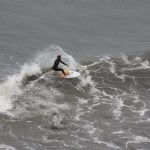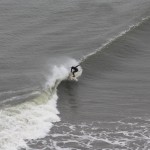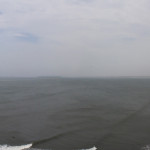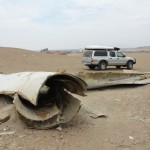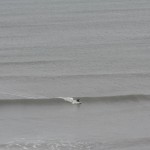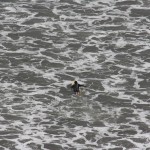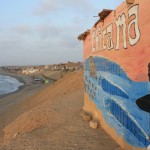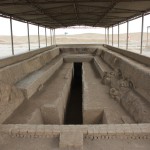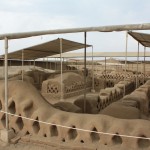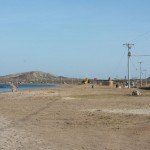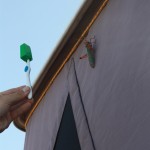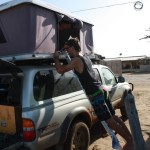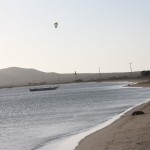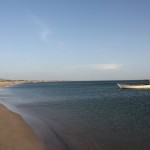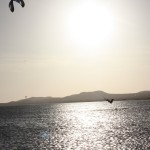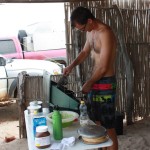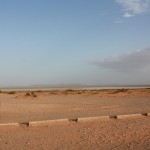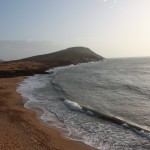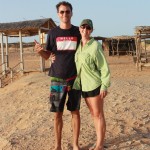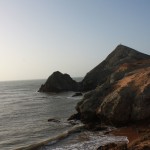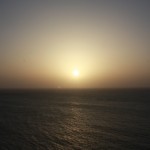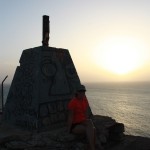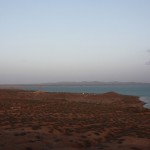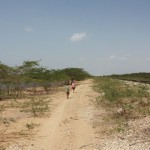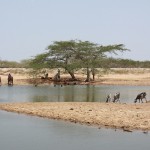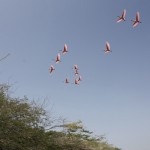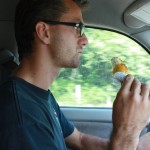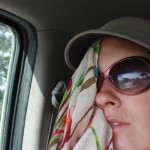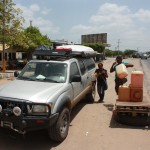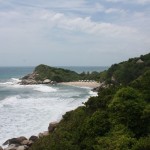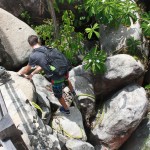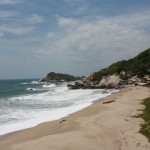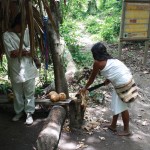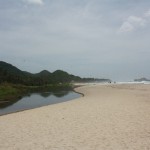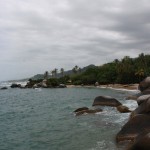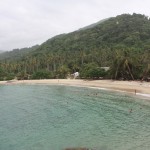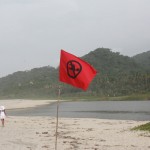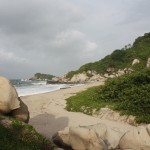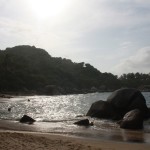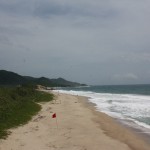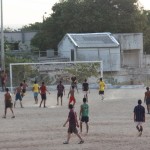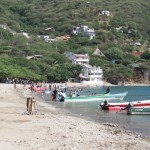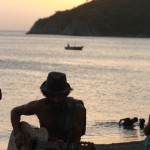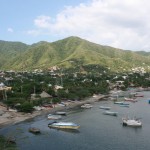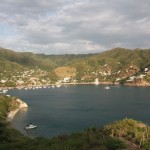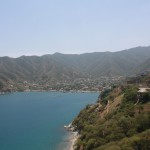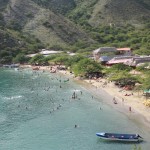We left Ecuador in a hurry accomplishing one of the longest drive days on our trip (550 miles / about 900 km). After a forced two weeks wait for our tent parts to clear customs we had itchy feet. We din’t like much the human version of ping-pong between Fedex and Ecuador customs. The game is called “Overnight delivery (from the US) and over month customs wait”.
Finally here! For years I have heard legends for the amazing waves and kiting in Northern Peru. I was stocked!
We wanted to hit a few kiting destinations (Mancora, Lobitos, Pacasmayo), try surfing in Chicamas (this place claims the longest left wave in the world) and last but not least go hiking in the Cordillera Blanca. All this in the eleven days before a friend was coming to visit in Lima. The plan looked good. We just forgot one detail – the one thousand miles of driving from Mancora to Lima…
We started with two days in Mancora. Aaron and Linda, two of our overland friends, had arrived to Mancora the day before so we joined them. The first thing we did that day was work on fixing the tent. Man, was I worried if the parts were going to fit this time around… A month earlier we had received spare parts in Colombia only to find out they did not fit. Luckily this time with help from Aaron we managed to fix the tent! Hurray, Taj Mahal is working again!
- Taj Mahal up and working again!
Mancora turned to be a disappointment. It was crowded and a bit touristy. There was no wind and the waves were nowhere to be found either. On top of it all we had a mugging encounter which made us all feel uneasy about Mancora. We decided to move quickly to the next spot – Lobitos.
Lobitos delivered. It is a small village on the coast about an hour south of Mancora. Lobitos was created by the British as a booming oil town in the beginning of 20th century. After the oil dried up Lobitos turned into a ghost town. Now the only people who still live in Lobitos are a few fishermen and a hardcore group of surfers and kiters. A few hotels have started to slowly pop up here and there however you can still enjoy the place basically to yourself. Needless to say Aaron and I spent enough time in the water.
By this point five out of our eleven days have gone by and we still had a thousand miles to drive and so much more to see. We had to hurry. On the third day in Lobitos we parted ways with Aaron and Linda and headed south. The next destinations were Pacasmayo and Chicamas. Unfortunately there was no wind in Pacasmayo so we quickly moved to Chicamas. The day after we did not have time to fool around in the water so we just drove to the famous surfing spot and took a few pictures. The only sport I managed to do in the short hours we spent in Chicamas was oddly volleyball. I played for an hour with the local kids after dinner.
At this point we were super concerned about time and making it to Lima. We had to change plans. Teresa sacrificed (not for the first, and not the last time) some of what she wanted to do – Cordillera Blanca. We decided that it was too much of a risk to try to spend 3 days back to back driving to the mountains to hike for a day and drive another two days to Lima. We headed straight south.
Northern Peru looked very interesting. Sadly we had to rush through and could not spend more time. However I know that we will be back (at least I will kiting).

